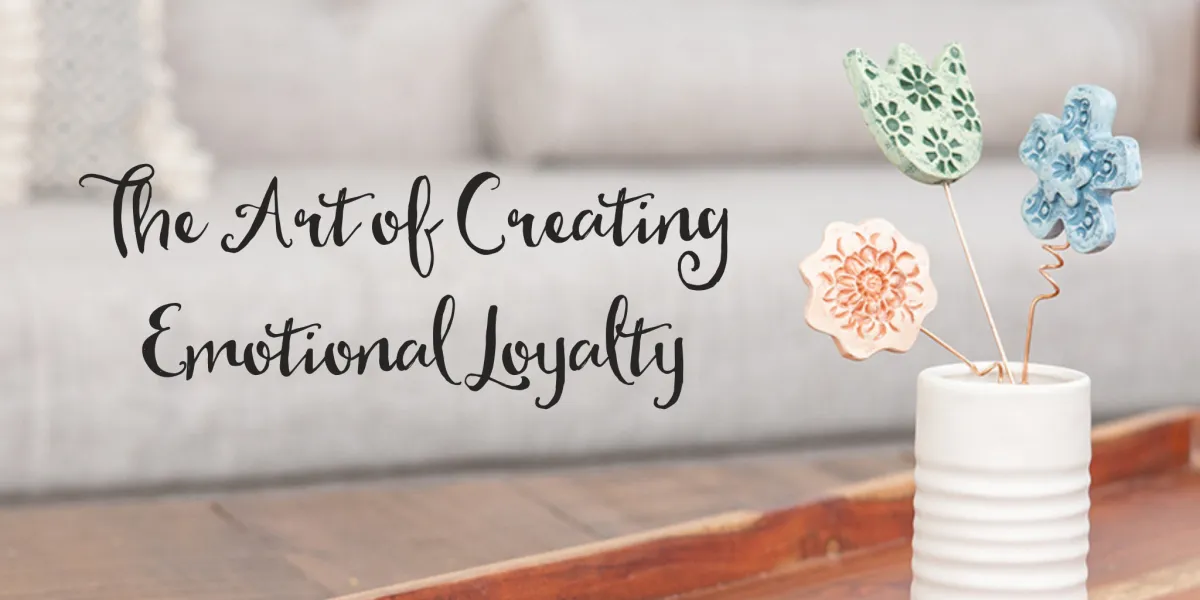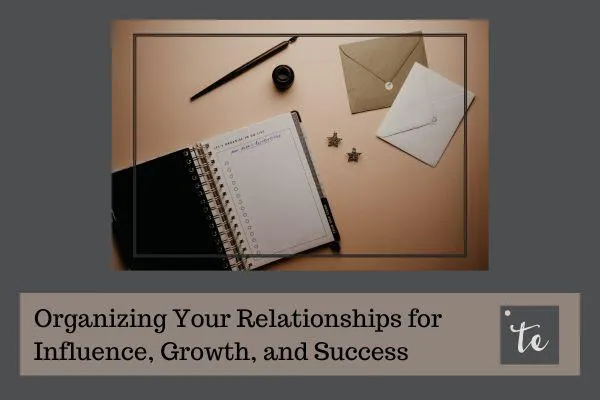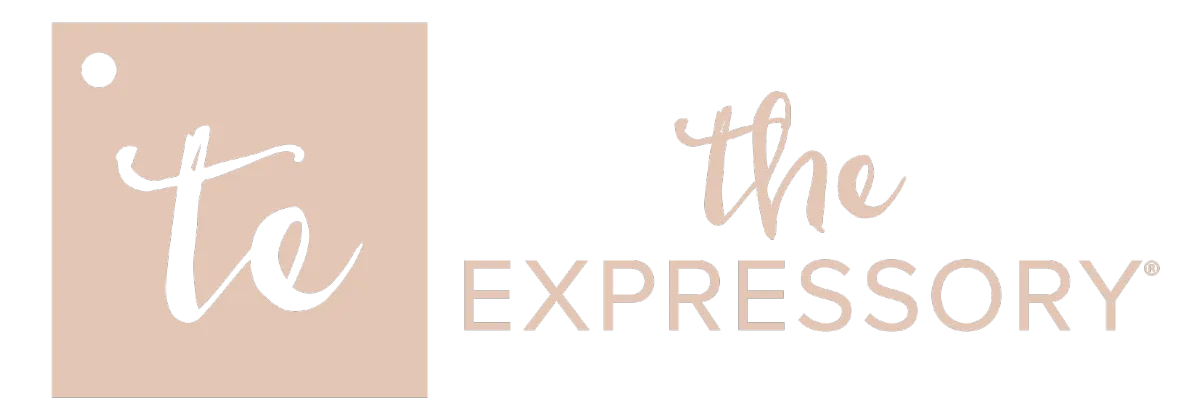
What Swimming Teaches Us About Team Relationships
In my latest video, I break down how swimming teaches us the importance of these relationship-building efforts and the specifics of what we as leaders need to nurture with our teams.
Holiday Gift Insights - What Everyone Else Is Doing
In an effort to simplify the decision-making process, we're sharing some of the trends we've seen with gifting over the years. We're even sharing our best seller and why that gift had such success.
What Makes A Successful Holiday Gift? The Travel Bag Edition
Last year we had the opportunity to work with one of our clients in the travel and tourism space to design an experience that delivered their highest engagement yet.

Organizing Your Relationships for Influence, Growth, and Success
Building strong relationships isn’t a luxury for leaders, it’s a necessity. But too often, professionals feel overwhelmed by the sheer volume of connections, unsure of which relationships to nurture and quite frankly, too busy with business operations to prioritize the efforts.
The book Relationship-First Strategic Engagement emphasizes that strategic relationship prioritization is essential for making informed decisions and ensuring effective engagement. A well-structured relationship strategy turns a chaotic list of contacts into an engine that fuels business growth, influence, and long-term success.
This guide will walk you through two essential steps to build your relationship strategy, helping you go from overwhelmed to organized with a clear plan for relationship-building.
Step 1: Creating the List of Relationships to Nurture
One of the biggest hurdles in relationship-building is simply getting started with the list. Chapter 3 of Relationship-First Strategic Engagement lays out a structured approach for determining which relationships should be included.
Segment Your List: Who Belongs?
Your relationships should be grouped into three core categories:
Existing Clients: The goal is to retain and nurture top-tier clients to increase loyalty and encourage advocacy.
Prospects: Focus on a list of no more than 25 contacts to build meaningful, trust-driven relationships.
Strategic Partners: These are your referral sources and industry connections that bring opportunities to your business.
If you’re unsure where to start, begin by asking which of these relationship categories feels like it’s currently under-nurtured. Some people feel that they have strong systems in place to nurture existing clients but are unable to stay connected with strategic partners. Others feel like they aren’t doing enough to proactively nurture prospects and create relationships with them. Our suggestion is to start with one category instead of trying to implement better processes for all categories at one time. You’ll be able to add on as you smooth out the first group.
Identify Your Top Segments
Whether you’ve decided to focus on your existing clients, your prospects or your strategic partners, segmenting that list to a reasonable number of relationships is going to be the key to success.
At The Expressory we leverage something often referred to as The Dream 25 System. It is a focused approach that recommends nurturing no more than 25 key connections at a time. This number ensures you can engage with depth and personalization rather than spreading yourself too thin.
For your existing clients, you want to identify your top, high value, relationships. While the other clients can remain on the list to nurture, the top ones would receive more frequent engagement and higher value touchpoints.
For your prospects, if you’re not willing to invest at least $1,000 per year per contact, they probably don’t belong on this list. They should be that valuable to your company when converted, in order for you to invest your resources in the nurturing process.
For strategic partners, you want to focus on those who have connections that match your target, high-value clients. Nurturing relationships with these contacts should have the potential to provide leads just as valuable as the prospects you’ve identified as your targets.
No matter which category you’ve chosen, you’ll want to start by reviewing your existing CRM for any of these potential contacts. Expand that to your current LinkedIn connections.
How to Fill the Gaps in Your List
Once you’ve reviewed your own database, you’ll likely find gaps in your list of 25. This is where you’ll begin to use outside tools to complete the list.
You’ll need to start by identifying the key characteristics of your ideal clients:
Look at your most successful client relationships and find patterns.
Use this information to create a "lookalike" model for new prospects.
What industries best align with your services?
What is the typical size of companies you serve? # of Employees.
Who makes the purchasing decision? What is their title?
Use Digital Tools for Expansion
Once you can list the criteria above, you’ll be able to use platforms like LinkedIn Sales Navigator to find the remaining list of contacts for nurturing. Plug in the information you documented and let it run a search for you. The key thing you’ll want to do with this step of the process is make sure that you can identify the actual decision-maker, not just the company name.
Verify their role through multiple sources before adding them to your list.
How Now You’re Ready to Engage
With your structured prospect list in place, you’ve taken a critical step toward predictable, relationship-driven growth. No more scrambling to find the right people or wasting time on unqualified leads—now, you have a clear roadmap of high-value prospects, clients, or strategic partners who are worth your time and attention.
But a list alone isn’t enough.
Now, the focus shifts to intentional engagement, the actions that move your relationships from passive contacts to meaningful connections. This doesn't mean jumping in with a full-blown strategy overnight, but rather, starting small and thoughtfully.
Put Thought into Your First Engagement
Before reaching out, take a moment to consider:
✔ What does this contact value most in their business relationships?
✔ Have you engaged with them in the past, and what was the context?
✔ What insights or support can you offer that align with their needs?
The goal isn't to sell right away. It’s to connect in a way that positions you as a trusted resource, not just another name in their inbox.
Consider a Simple First Step: Send a personalized message commenting on a recent achievement, industry update, or shared interest. Or, if you're nurturing an existing client, acknowledge a milestone in their business.
This isn’t about volume—it’s about depth.
As you begin to engage with your list, pay attention to what resonates and adjust your approach accordingly. The most successful relationship-building efforts are those that feel natural and personal, not forced or overly structured.
Five Questions Every Business Leader Should Ask Now
As you start putting your list to work, take a moment to reflect:
Am I focusing on quality over quantity in my relationship-building efforts?
Have I identified my Dream 25 prospects, clients, or strategic partners?
Do I have a clear system for tracking and evaluating my key relationships?
Am I investing enough time and effort in the right relationships?
How will I update my list to reflect changing priorities and new opportunities?
Taking the time to structure your relationship strategy is one of the most powerful things you can do for your business. By starting with a clear, focused list, you eliminate the guesswork and set yourself up for intentional, meaningful engagement that drives long-term success.
If you need support refining your relationship-building efforts, we’re here to help.
Address:
1500 S. Sylvania Ave #106
Sturtevant WI 53177
Phone:
414.243.8971

